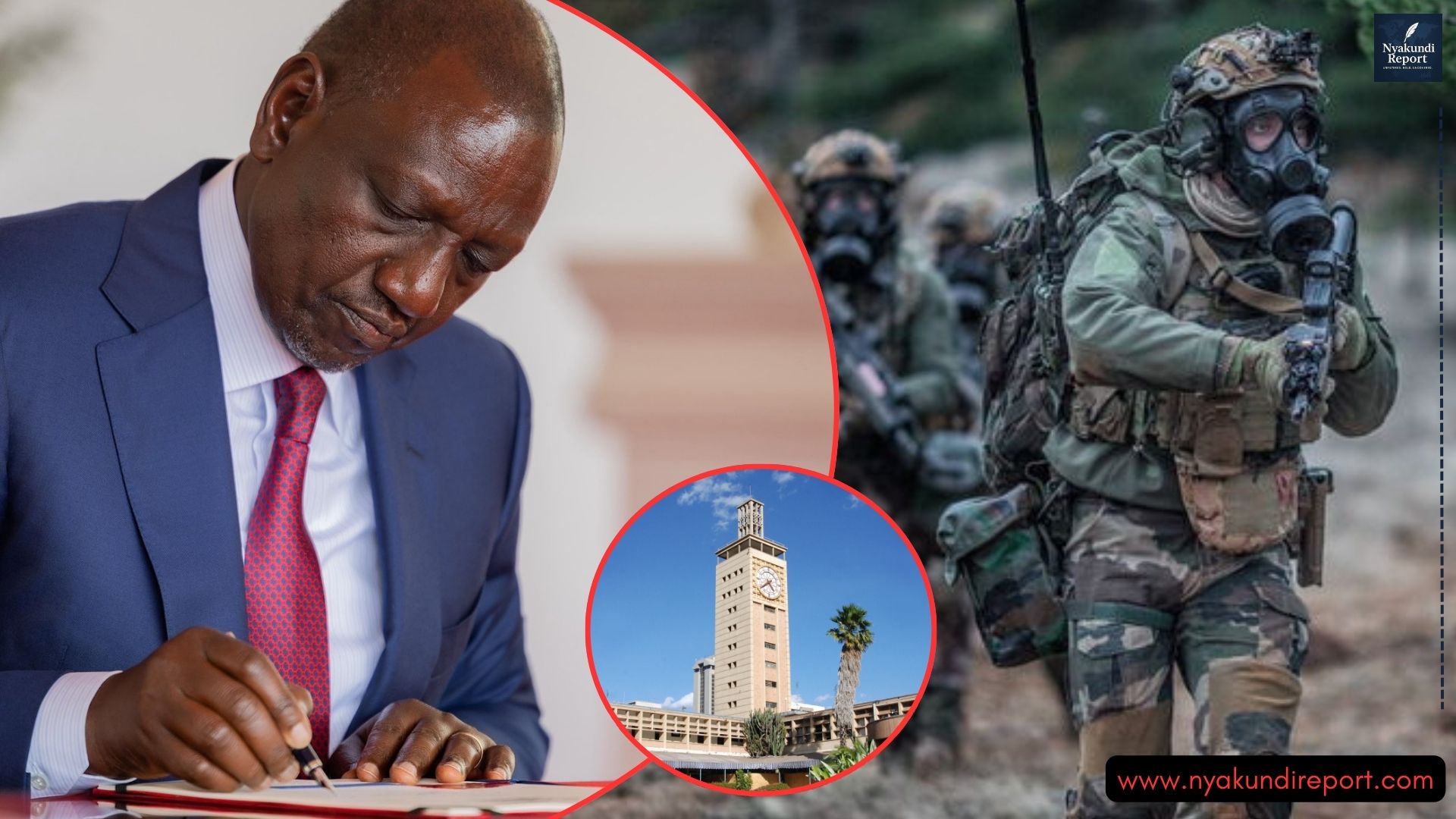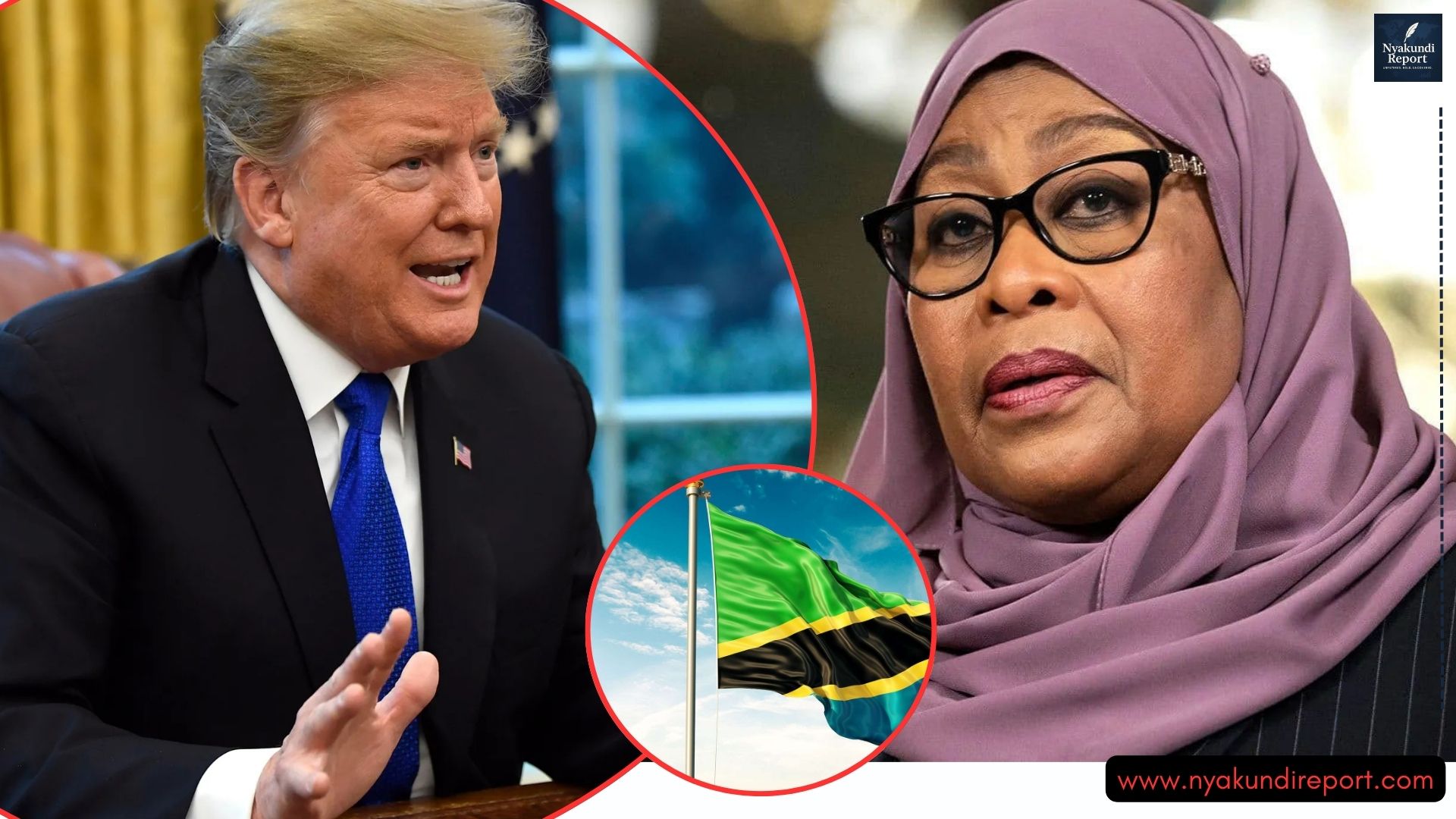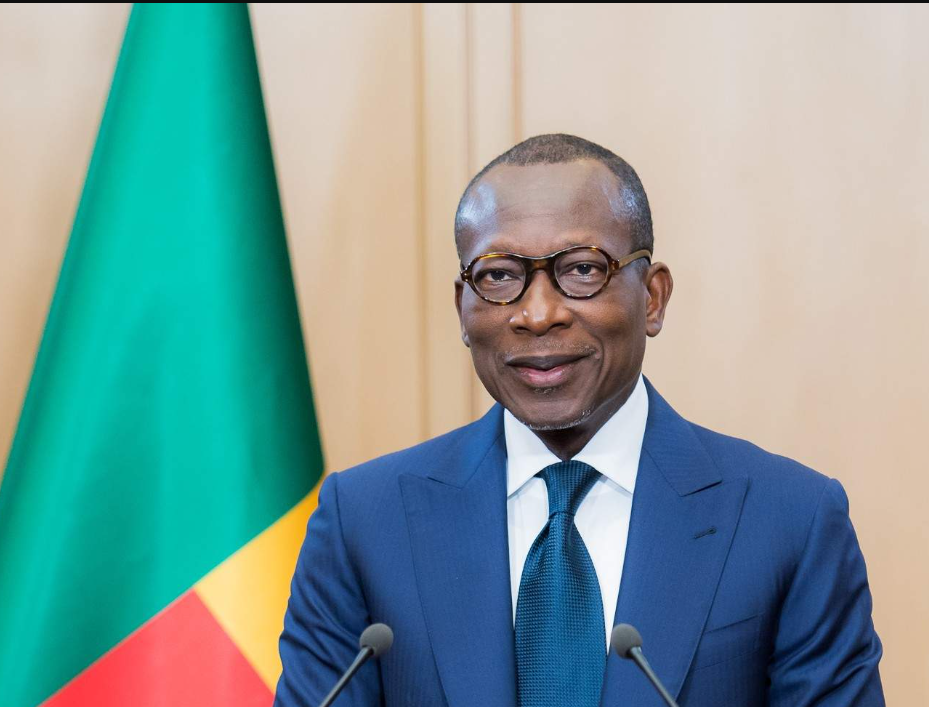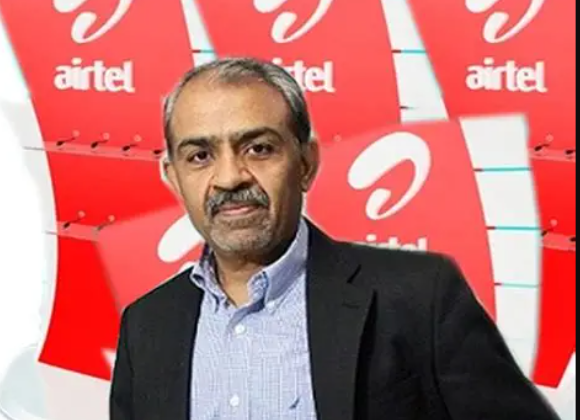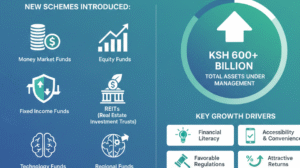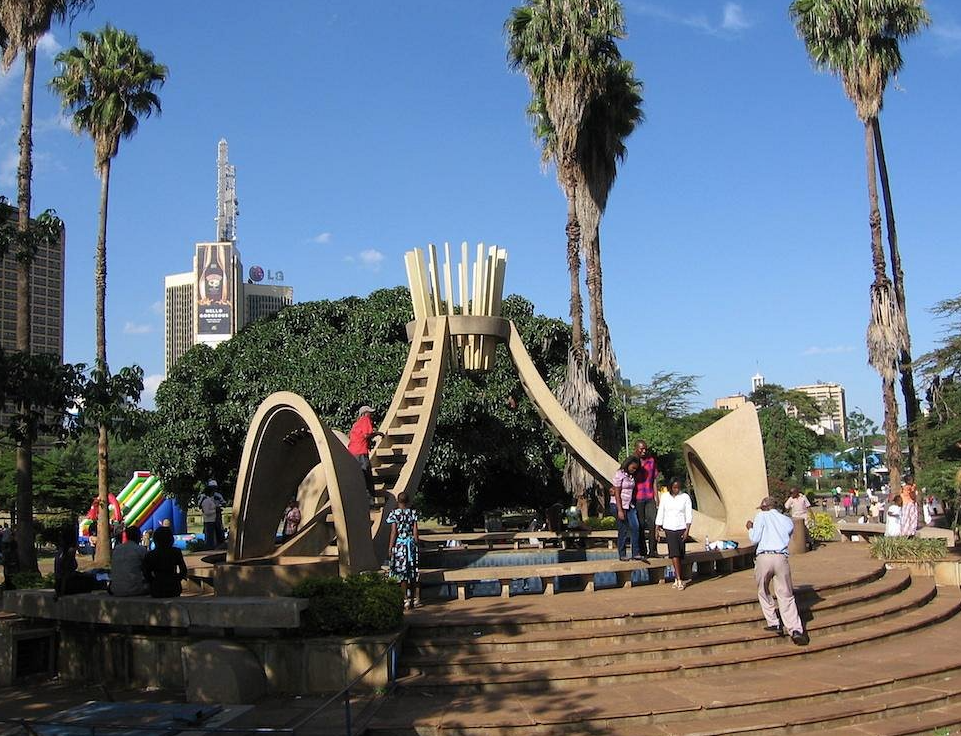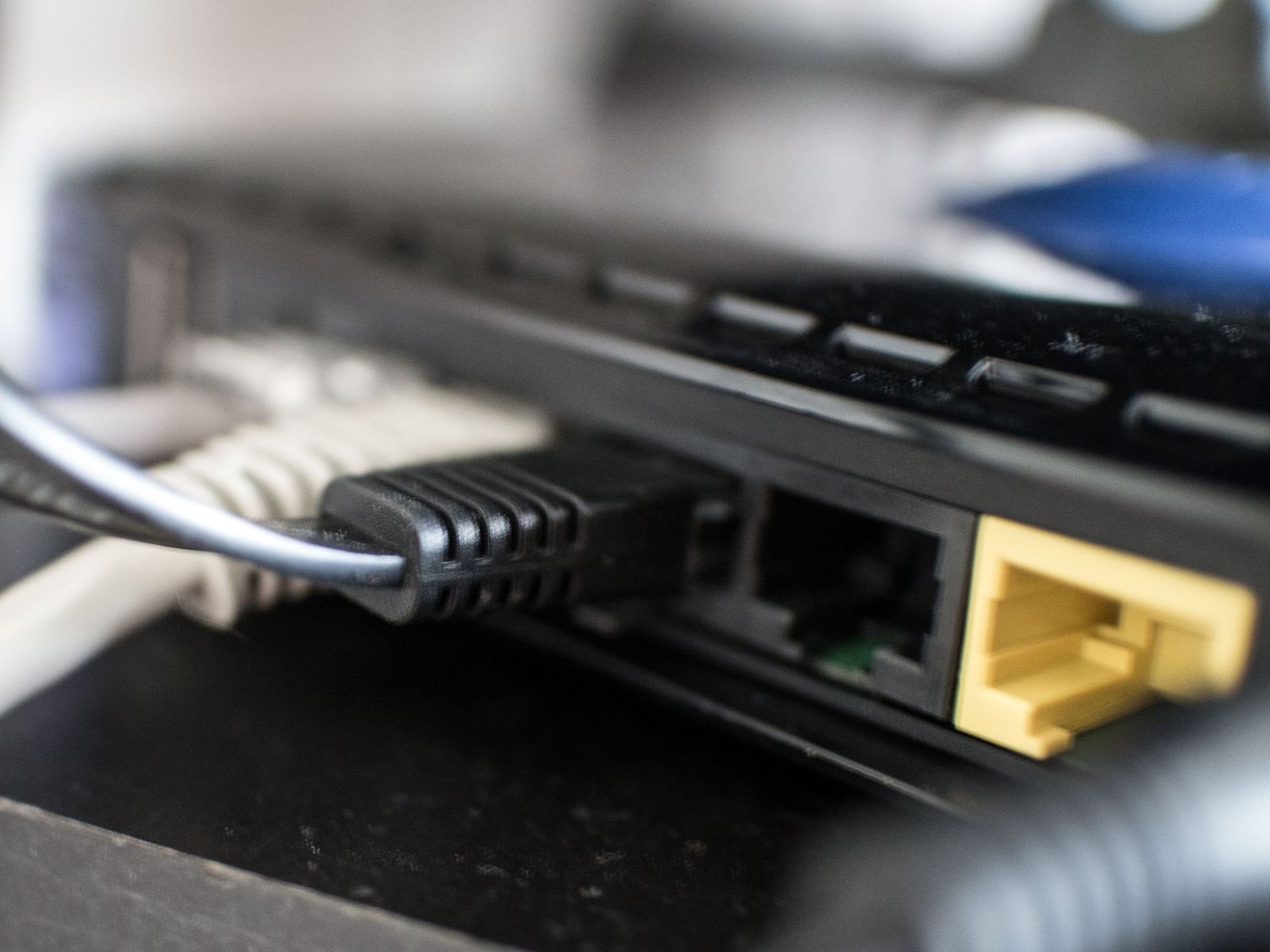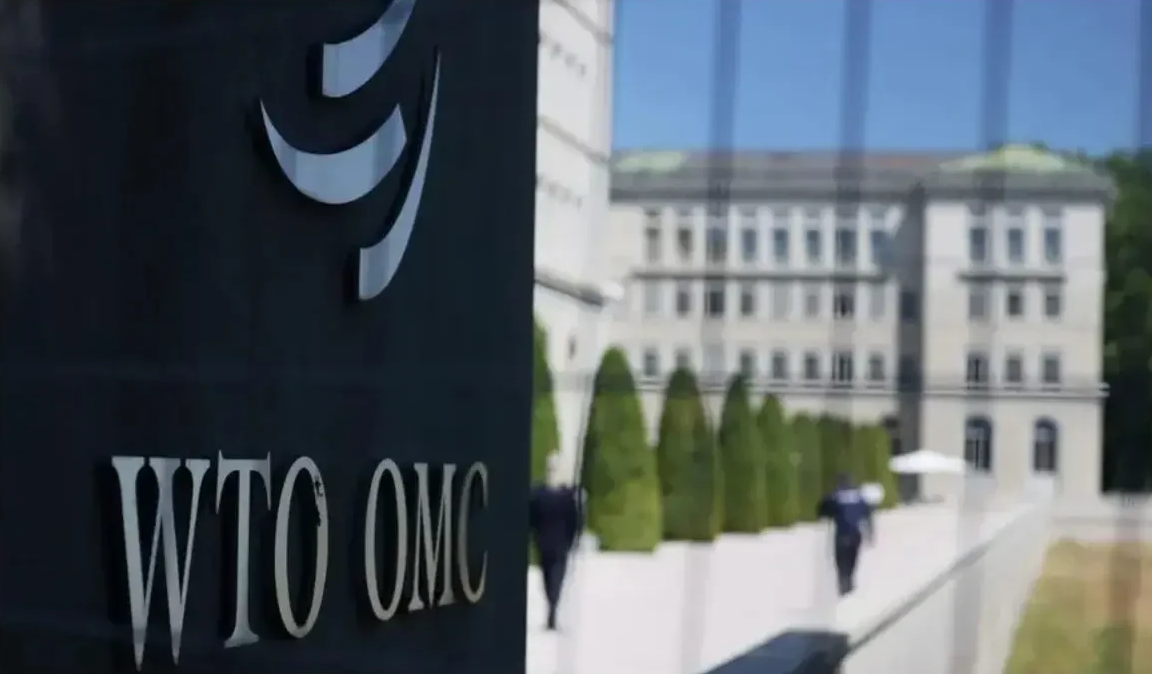In Kenya, cooking gas prices have hit shocking highs, leaving millions of households struggling to afford a basic necessity. Today, a 13kg gas cylinder costs anywhere between KSh 2,500 and KSh 3,200—making it one of the most expensive in the region.
Meanwhile, the same cylinder costs much less in Uganda and Tanzania. What’s more disturbing is that this price hike isn’t just about global trends.
It’s the result of government negligence, failed regulation, and deliberate designs that allow a few powerful players to control the gas market and fleece ordinary citizens.

Gas Prices in Kenya Are Artificially High and Unjustifiable
Kenyan families are paying far more than they should for cooking gas. The Energy and Petroleum Regulatory Authority (EPRA) admits that the country lacks a competitive tendering system for importing liquefied petroleum gas (LPG). As a result, a handful of importers hold a tight grip on the industry. They set prices with no accountability, operating like a cartel under the government’s watch.
This is not just an economic issue—it’s a betrayal. The government has allowed monopolistic practices to thrive while piling taxes and levies onto gas products. These added costs have turned what should be a basic utility into a luxury item for many Kenyans.
Instead of regulating and enforcing fair competition, the state appears more interested in collecting revenue through punitive taxes. This means that every time a Kenyan buys gas, they are not just paying for fuel—they are being milked by a system rigged against them.
Government Policies Are Hurting the Poor
One of the biggest failures is the government’s tax policy on LPG. In a country where most people live on less than KSh500 a day, taxing clean energy is cruel and counterproductive. Many households have been forced to turn back to using charcoal, firewood, and even kerosene. This shift is not just a health risk—it’s an environmental disaster.
Respiratory diseases are on the rise, and deforestation is accelerating as more people cut down trees to cook a simple meal. Instead of promoting clean energy solutions, the government is driving its citizens backward into poverty and poor health.
The high gas prices also undermine Kenya’s commitments to clean energy and climate goals. Officials talk about green policies in conferences, but on the ground, ordinary Kenyans are choking on smoke while gas dealers grow richer.

Lack of Infrastructure and Competition Keeps Prices High
Kenya still lacks adequate gas storage and distribution infrastructure. This shortfall forces the country to rely on a few private players who have cornered the market. These companies operate terminals and control supply routes—leaving no room for fair pricing.
In many cases, smaller dealers cannot access affordable supply, and the cost is passed down to the consumer. Worse still, the government has not invested in national LPG import terminals or public distribution centers that could lower costs and improve access.
Unlike fuel prices, which EPRA reviews monthly, gas prices are left entirely to the market. This means no checks, no transparency, and no protection for the public.
It doesn’t have to be this way. Neighboring countries have taken steps to make cooking gas more affordable through subsidies, competition, and public infrastructure. Kenya can do the same—but only if leaders put people above profits.


